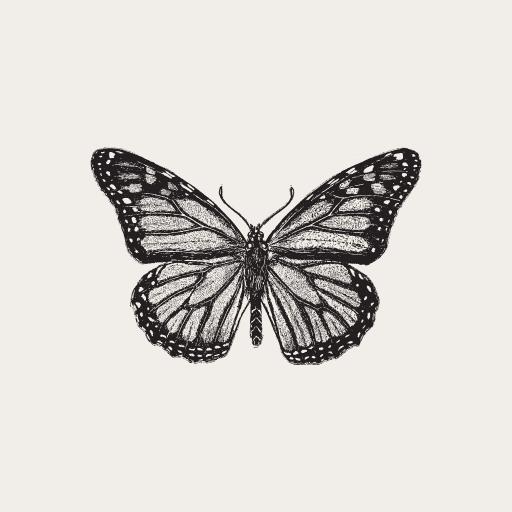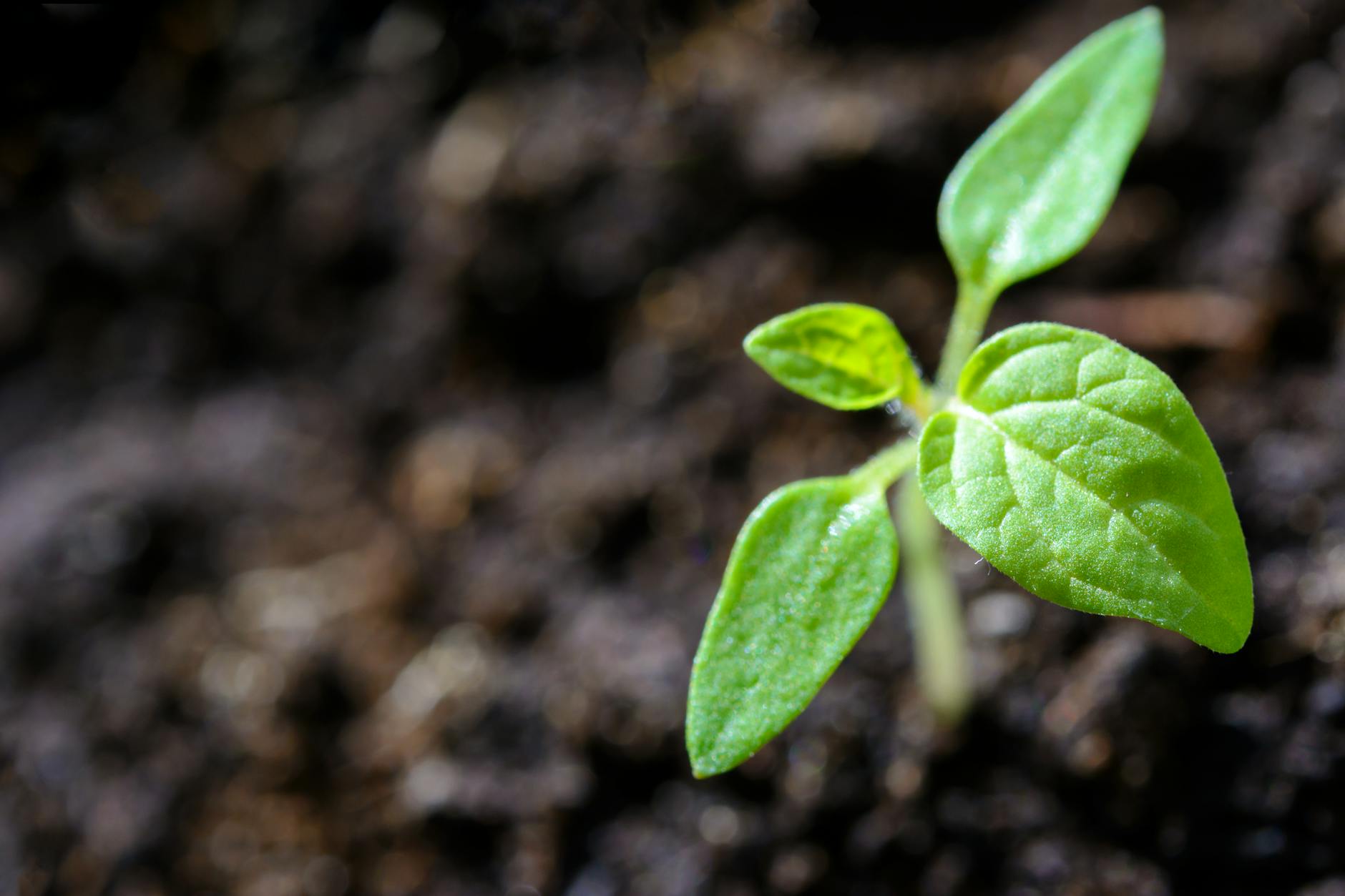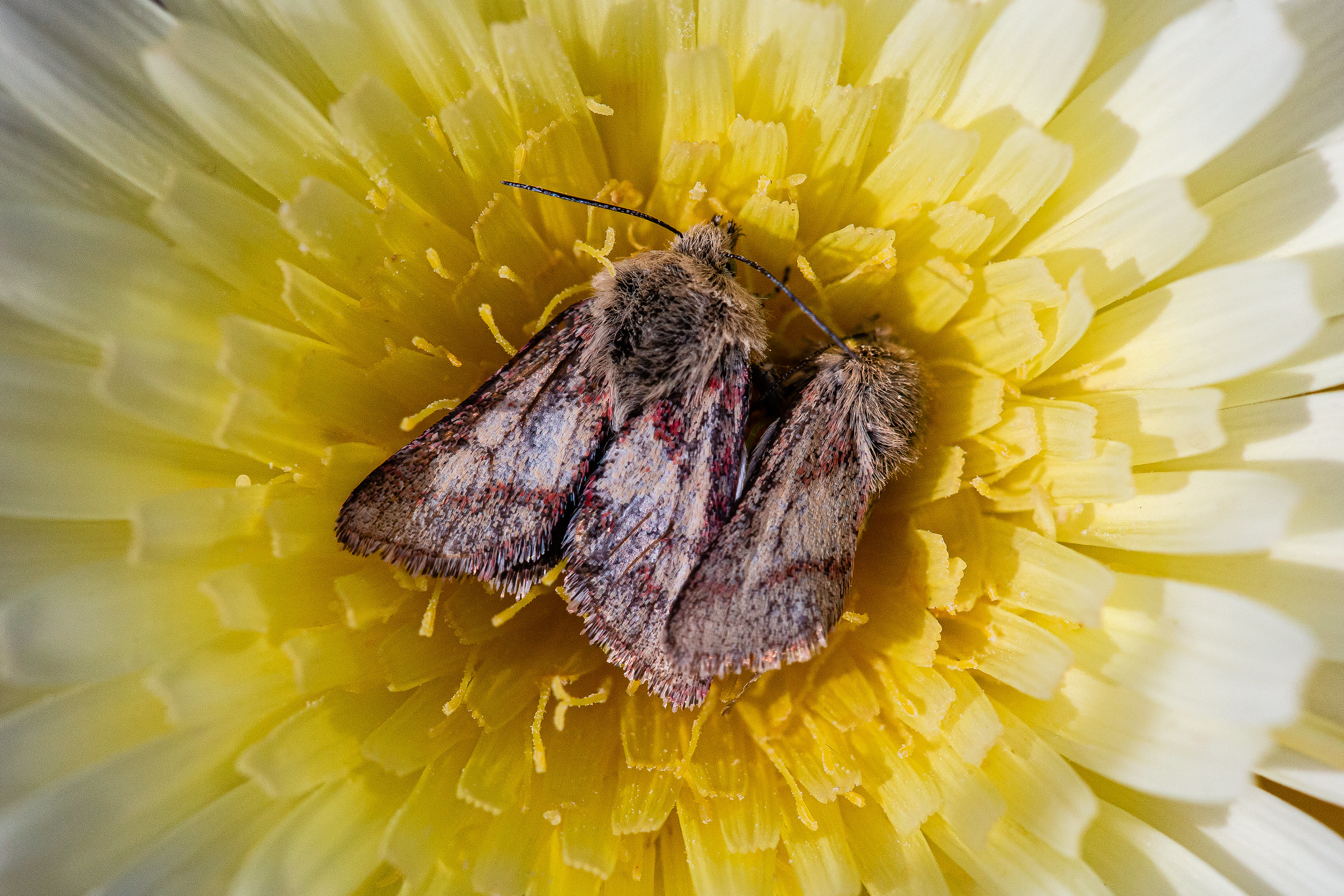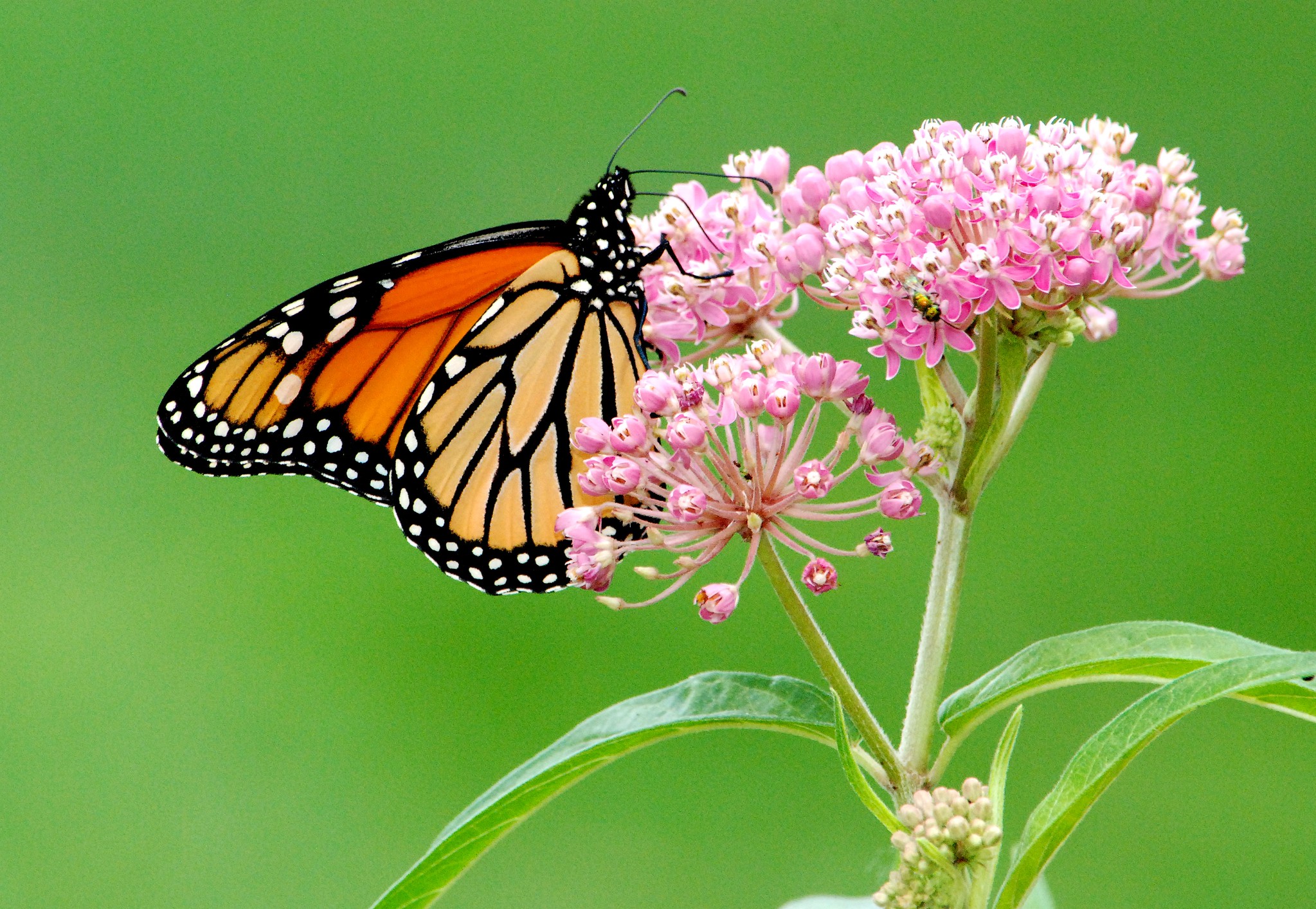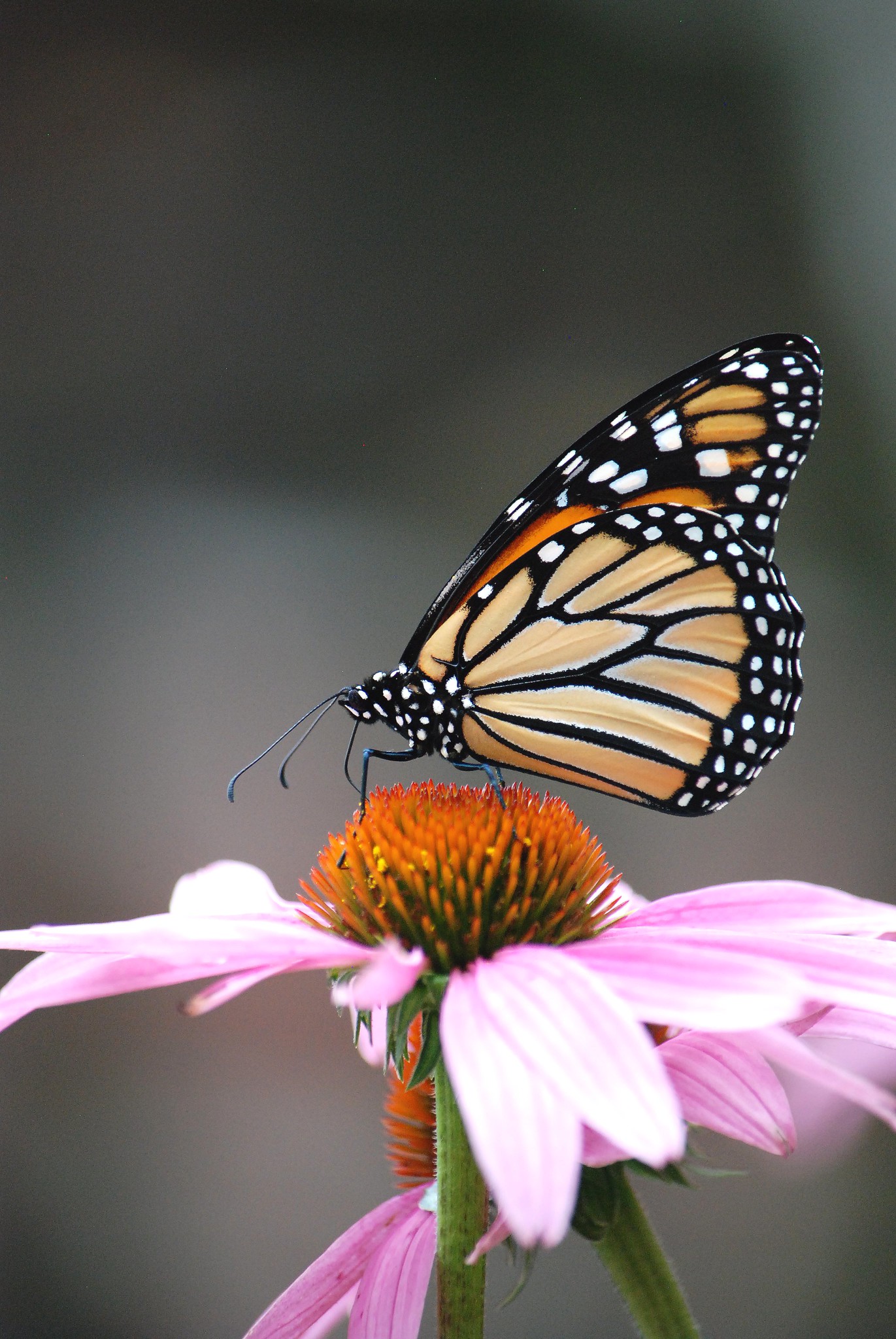Personal Reflections on What I’ve Learned
As the year draws to a close, I find myself reflecting on everything I’ve learned and experienced throughout my conservation journey. This past year has been a mix of growth, challenges, milestones, and deep personal reflection. There’s something truly powerful about looking back at where you’ve been to better understand where you’re headed. For me, conservation isn’t just about the plants or the land—it’s about how all of it intertwines with who I am as a person, a mother, an artist, and a community member.
The Beginning of the Journey
It’s hard to pinpoint exactly when I realized conservation was the path I wanted to follow. Growing up, nature was always a comforting constant, but it wasn’t until I started working with native plants that I understood how essential they are, not just for the environment, but for our souls, too. When I began advocating for native plants and their preservation, I knew it had to be a part of my life.
At first, I was uncertain, unsure of where to begin or how to make an impact. The learning curve was steep. I remember feeling overwhelmed by the technicalities of conservation, but slowly, as I dove deeper into understanding native species and ecosystems, things began to click. And that’s when I realized how intertwined conservation work is with my art—it became a reflection of my soul’s deepest desire to connect with something larger than myself.
Key Milestones
Looking back, I can’t help but smile at how far I’ve come. I’ve celebrated some significant milestones, like hosting local plant swaps, collaborating with other like-minded organizations, and watching the seeds of my conservation efforts take root. I’ve seen how simple acts, like planting a native garden or hosting an educational event, can spark a ripple effect in a community.
One of the highlights for me was when I saw a local garden transform into a thriving, biodiverse habitat filled with native plants and pollinators. That garden became a symbol of change—a reminder that even the smallest actions can lead to big results. I’ll never forget the moment when I saw a few curious onlookers taking photos of the plants we had helped restore, asking questions, and showing interest in what they could do in their own yards. It was like I had planted a tiny seed in someone else’s heart, and that made everything worth it.
Lessons Learned from Conservation Work
The lessons I’ve learned this year go far beyond just facts about plants and ecosystems. The more I work in conservation, the more I’ve learned about the importance of patience and persistence. Nature doesn’t work on a timeline—it takes its own time to heal, to grow, and to flourish. And so do we. There were times when I questioned whether my efforts were making a real difference, but I’ve learned that every small act—whether it’s saving a single native plant or teaching one person about the importance of pollinators—adds up.
My work with native plants has also deepened my understanding of the delicate balance in ecosystems. Every plant, insect, and organism plays a role in maintaining that balance, and I’ve become more attuned to the interconnectedness of it all. Whether I’m tending to a garden or reflecting on a piece of art, I now see nature as a living, breathing masterpiece.
Collaborating with local groups and individuals has been one of the most rewarding aspects of this year. The power of community has shown me that conservation is a collective effort. Whether it’s working with fellow gardeners, environmentalists, or just people who care about preserving what’s left of our natural world, I’ve learned that we are stronger together. There’s a humility in this process—a recognition that no one person can make change alone.
Challenges Along the Way
Of course, no journey is without its challenges. This year, I faced a few setbacks that tested my resolve. From navigating the complexities of local policy issues to the frustration of trying to engage a community that wasn’t initially receptive to my ideas, there were times when I felt like throwing in the towel. But as with any worthwhile endeavor, these obstacles only served to strengthen my determination.
What I’ve learned, especially in those challenging moments, is that conservation is not an overnight fix. It’s a long road of trial and error, of perseverance, and of learning to adapt as circumstances shift. Every setback taught me something valuable, and every frustration spurred me on to find creative solutions.
Personal Growth and Transformation
As much as I’ve grown as a conservation advocate, I’ve also experienced significant personal growth. Balancing my work, family, and conservation efforts has taught me to be more organized and intentional with my time. I’ve had to learn to be flexible, to embrace the unpredictability that comes with both life and nature. But I’ve also learned to listen more deeply—to the land, to my family, and to my inner voice.
Being a part of the conservation movement has transformed the way I see the world. It’s made me more aware of the beauty that surrounds us, of the intricate patterns and relationships in nature. It’s also given me a clearer sense of purpose. I feel a deep sense of fulfillment in knowing that the work I do is contributing to something greater than myself—a legacy of environmental stewardship that will hopefully inspire others to take action.
Looking Forward: What’s Next?
As I look toward the coming year, I feel a mix of excitement and anticipation. There’s still so much to learn, and so much more to do. My goals are focused on deepening my conservation work, expanding community education efforts, and continuing to build partnerships with others who share my vision. I hope to bring even more people into this movement—whether it’s by encouraging others to plant native gardens or advocating for policy changes to protect our ecosystems.
One thing I’ve learned this year is that the work never stops. There’s always more to be done, but there’s also beauty in the ongoing journey. I want to continue evolving, both as an advocate for native plants and as someone who strives to make a difference in my community.
Embracing Hope and Growth in Conservation
As I reflect on this past year, I am filled with gratitude for the lessons, the growth, and the people who have joined me along the way. I’ve learned so much and I am so thankful for the opportunity to do this work. But more than anything, I’m hopeful. Hopeful for the future, for the continued fight for conservation, and for the many more people who will join this movement.
As you read this, I want you to know that you, too, have a part to play. Whether you’re just starting out or have been on your own conservation journey for a while, every step you take matters. Together, we can create change—small acts of conservation ripple out, and with each one, we make the world a little greener, a little more connected, and a little more beautiful.
Here’s to another year of growth, learning, and hope.
